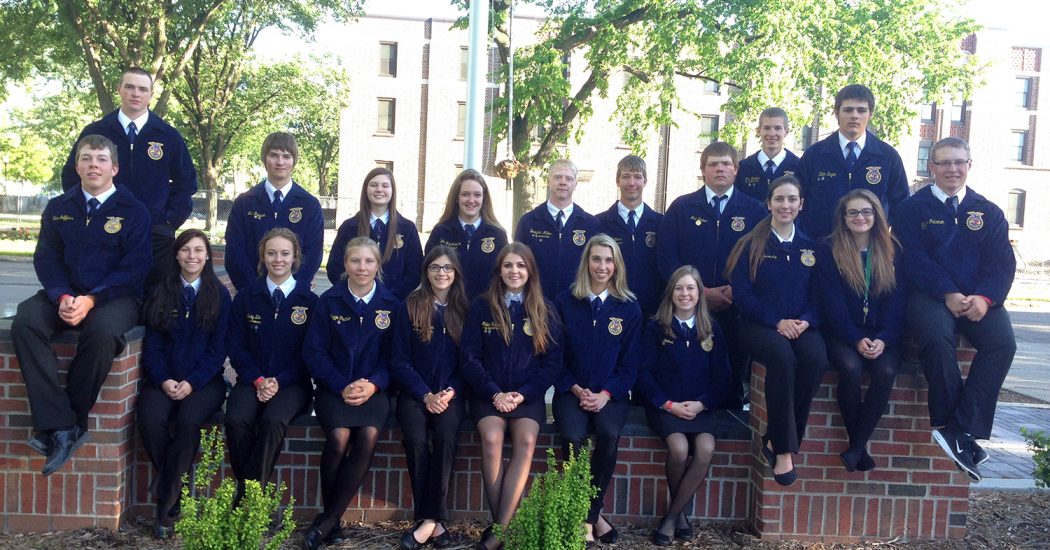
Agriculture students at Bowman County High School are celebrating 100 years of Vocational or Career and Technical Education. The event recognizes the Smith-Hughes Vocational Act of 1917, signed into law by President Woodrow Wilson on Feb. 23, 1917.
Educators, union leaders and employees recognized the need for a highly skilled workforce to man the industrial revolution. They also recognized that only about 3 out of 10 farm boys pursued education beyond the one-room country school. Those that did attend high school were required to study, Greek, Latin and cultural arts, not very usable in the workplace or on the farm.
The Act established separate and distinct programs for agriculture, home economics and mechanical arts. The schools that adopted the Smith-Hughes programs were most interested in attracting the farm boys to the high school. As a result, the agriculture teacher became a key person between the rural and city communities.
The legislation is named for two legislators from Georgia that introduce the bill into Congress, Senator Hoke Smith, a powerful politician and Congressman Dudley Hughes, a farmer. Smith was also instrumental in passage of the Smith-Lever Act that established the University Extension System.
The bill required each state to develop a Board of Vocational Education, separate from the regular State Board of Education. The Board approved local district’s plans for vocational education and distributed federal funds to pay a portion of the instructor’s salary. It also required that the agriculture teacher be employed twelve months a year to facilitate development of student-owned farming programs. Ag teachers were also paid mileage expenses to visit farms and recruit farm boys to attend the high school.
The curriculum included practical farming skills, economics and mechanics. Early on, girls were also encouraged to enroll in the Smith-Hughes agriculture classes, but later were encouraged to take Home Economics.
From the very beginning, local, student-run, leadership based clubs sprung up as a part of these agriculture classes. In 1928, a number of these local clubs organized into a national organization, The Future Farmers of America or FFA, while attending the American Royal Livestock Show in Kansas City, Mo.
Though funds were tight during the Depression, the number of programs continued to increase in Wisconsin. But steep declines occurred in during the war years, due to instructors enlisting in the military service.
Following WWII, the program was well poised to expand and to provide well trained farmers for the growing world food markets. In some high schools, night classes were offered to adult farmers. Farmer’s night school continued until the 1960’s when the Vocational Technical School System expanded and included Veteran Training Programs.
Today, high school agriculture programs continue to change to meet the needs of students and the industry. Programs such as horticulture, animal science, environmental studies and agronomy are common course offerings.
Bowman County High School offers courses in Agricultural Mechanics, Animal Science, Natural Resources, Agricultural Processing, Plant Science, Small Engines, Electricity, Welding, Woodworking and more.
The Bowman County FFA Chapter was chartered on Jan. 22, 1950 and has been functioning strong for the past 67 years.
(Submitted by the Bowman County FFA)






